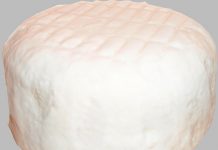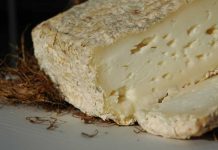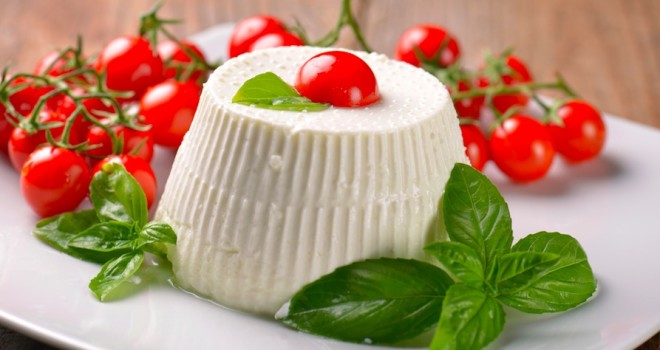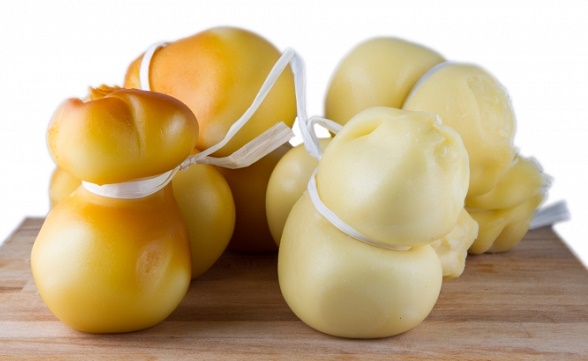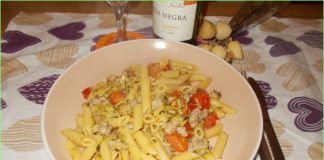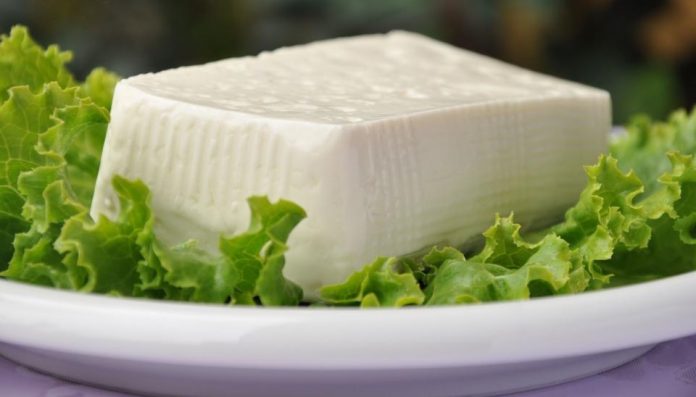
Crescenza cheese: generality
The Crescenza, also is commonly called Stracchino, and is a fresh soft cheese, typical of the regions of northern Italy. It is obtained from pasteurized cow’s milk, submitted by rennet coagulation and subsequent curing, also called ripening, of up to 10 days made at low temperatures.
When buying a Crescenza, it is in the form of a single soft block, parallelepiped, with the side length of about 18 cm and the 4 or 5 centimeters of bottom side with an average weight that ranges from 1.5 pounds, up to a maximum of 2.
The Crescenza can be divided into two categories, the first one is soft with a gelatinous appearance, while the other is more solid and with greater consistency. They are both very popular, but also that quality varies according to personal tastes.
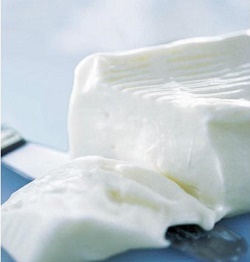
After a few days of production, this cheese undergoes a softening, which looks a lot for its consistency, to a Milanese focaccia, that is called “carsenza“, here is where it gets the name “Crescenza“. The synonym that is often used “Stracchino” (pronounced strak’kino), derived from a particular characteristic of the origin of the milk used for the realization. The Crescenza is in fact processed from the milk of cows “stracche” (in Italian means weary, pronounced “strakke“), coming off a long transhumance. In the past, the processing of this cheese was made exclusively in winter, while as of today, also is produced in the other seasons.
The dairies that produce Crescenza are located mainly in the provinces of Milan, Pavia, Cremona and Brescia. In addition to the term used “Stracchino“, often improperly also called “Robiola“.
Differences between Crescenza and Stracchino
As we have just mentioned above, the Crescenza, also commonly called “stracchino“, made by the processing of very poor milk, with a high amount of water. Some master cheese makers, argue that the consistency of this dairy product (hard or soft), depends only on the period and the season in which it is produced.
Because of this, the Stracchino, so named because it came from cows “stracche“ after the transhumance, would let us to believe that the summery Crescenza would have no reason to exist, and also, if the distinction between the two cheeses is given only by the origin of the milk, the characteristics nutritional should be very different, however they are not.
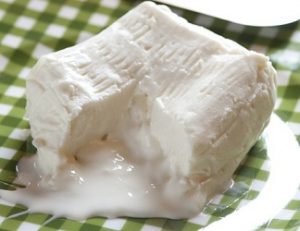
From this analysis, it is deduced that the real Crescenza, or Stracchino (wintry given by “stracche” cows), is not so easy to find in the present day. Also the consistency of both cheeses, varies, according to the biological composition, or level of seasoning, rather than to the period of same milking.
The tables relating to the composition of the foods for the Crescenza and the Stracchino, differ considerably, so as to create a bit of confusion about the origin and processing of these two fresh soft cheeses.
Crescenza cheese: gastronomic aspects
The Crescenza cheese, is a product that deteriorates with much easier and therefore needs to be stored in the refrigerator. Its consumption is in the short term, in fact, within a few days should be savored. At the production level, the Crescenza, does not possess microbiological risks, because it is obtained by processing of pasteurized milk.
If we compare its digestibility with that of other cheeses such as seasoned ones, this product will not be any problem in this regard and it is recommended intake for children, although it does not boast a high presence of live lactic cultures.
The Crescenza, is a dairy product much appreciated, with broad consumption and is distributed on an industrial scale. Being a cream soft cheese spreadable, it is accompanied to fresh bread, and it combines nicely with light white or rosé wines.

The Crescenza is realized by means of a derivative of whole cow’s milk, so this contains both cholesterol and fatty acids. Being a fresh product, not cured but aged for about 7 days, the concentration of its fat appears to be less problematic to handle in dietetic field.
We recall also, for those suffering from hypercholesterolemia, that the presence of saturated lipids, and cholesterol do not make this food a meal to be consumed, even for subjects at high cardiovascular risk.
Besides the presence of these just mentioned values, the Crescenza is rich in high biological value protein and is devoid of fats, oil and seasonings may be substituted as an alternative to meat and products derived from fishing. It is not recommended taking this dairy product for people suffering from food intolerance to lactose. From the point of view of saline, the Crescienza has a fair amount of sodium, and is unsuitable for people who follow a dietary regimen against hypertension.
With this product you can realize not only appetizing snacks, but also toast.

